Last updated on April 8th, 2020 at 08:00 pm
Harbour Air Seaplanes is a Canadian-based company that's renowned for its floatplanes – aircraft that are designed to land on water. Earlier this month, the company completed the first successful flight of its all-electric commercial aircraft, the ePlane.
Going down in the history books for completing the world's first commercial electric flight, the six-passenger DHC-2 de Havilland Beaver plane, which is powered by a 750-horsepower (560 kW) magni500 propulsion system took to the skies at the Fraser River in Canada.
The plane was piloted by Harbour Air CEO and founder Greg McDougall, who used this opportunity to showcase the evolution of aircraft technology: “I am incredibly proud of Harbour Air’s leadership role in re-defining safety and innovation in the aviation and seaplane industry. Canada has long held an iconic role in the history of aviation, and to be part of this incredible world-first milestone is something we can all be really proud of.”
The developments of the ePlane stem from a partnership with magniX, an electric motor manufacturer, which unveiled a high-power-density electric propulsion system, the magni500, at the Paris Air Show in June 2019. The system was used in the Harbour Air all-electric plane.
“In December 1903, the Wright Brothers launched a new era of transportation—the aviation age—with the first flight of a powered aircraft. Today, 116 years later, with the first flight of an all-electric powered commercial aircraft, we launched the electric era of aviation,” said Roei Ganzarski, CEO of magniX. “The transportation industry and specifically the aviation segment that has been, for the most part, stagnant since the late 1930s, is ripe for a massive disruption. Now we are proving that low-cost, environmentally friendly, commercial electric air travel can be a reality in the very near future.”
The two companies will now use this successful flight as a means of getting certifications for future aircraft. If they manage to secure the approval the companies need, magniX's propulsion technology can then be used across more aircraft. That's great news for the environment, as these aircraft emit no CO2 emissions – they're electric after all.
The only issue the companies face is the limitations of lithium-ion batteries, whereby a 30-minute charge will give a like-for-like flight time. However, the companies are adamant that with developments in battery technology, flight times will be drastically longer per charge.
Normally, such innovation happens from start-up companies, however, Harbour Air was founded back in 1982, where it had only two seaplanes. Now, the company is North America’s largest seaplane airline and the first that's fully carbon-neutral. The company operate more than 300 daily scheduled flights, which include scenic tours and private flights too. According to the Canadian company, they fly over 500,000 passengers a year.

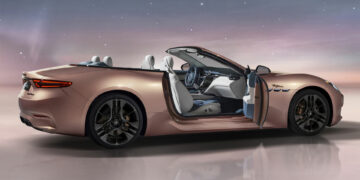
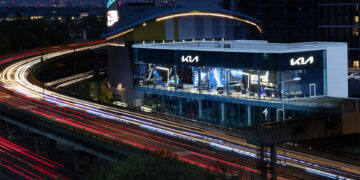
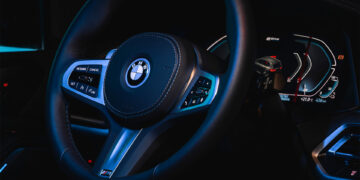
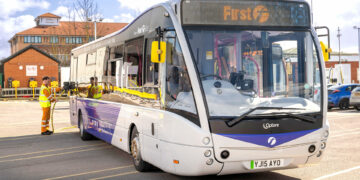
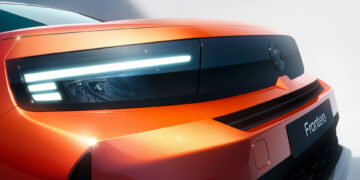
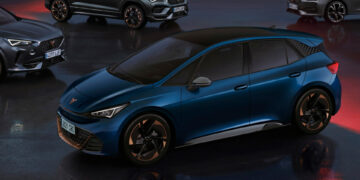








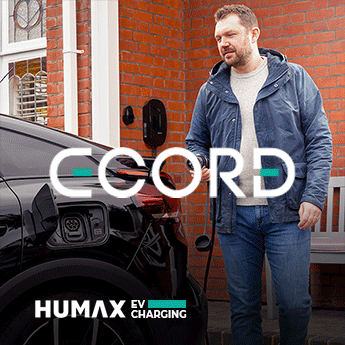
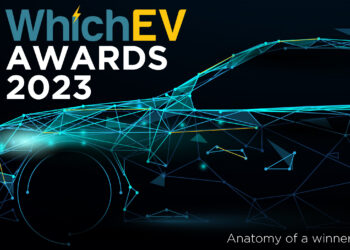
Discussion about this post